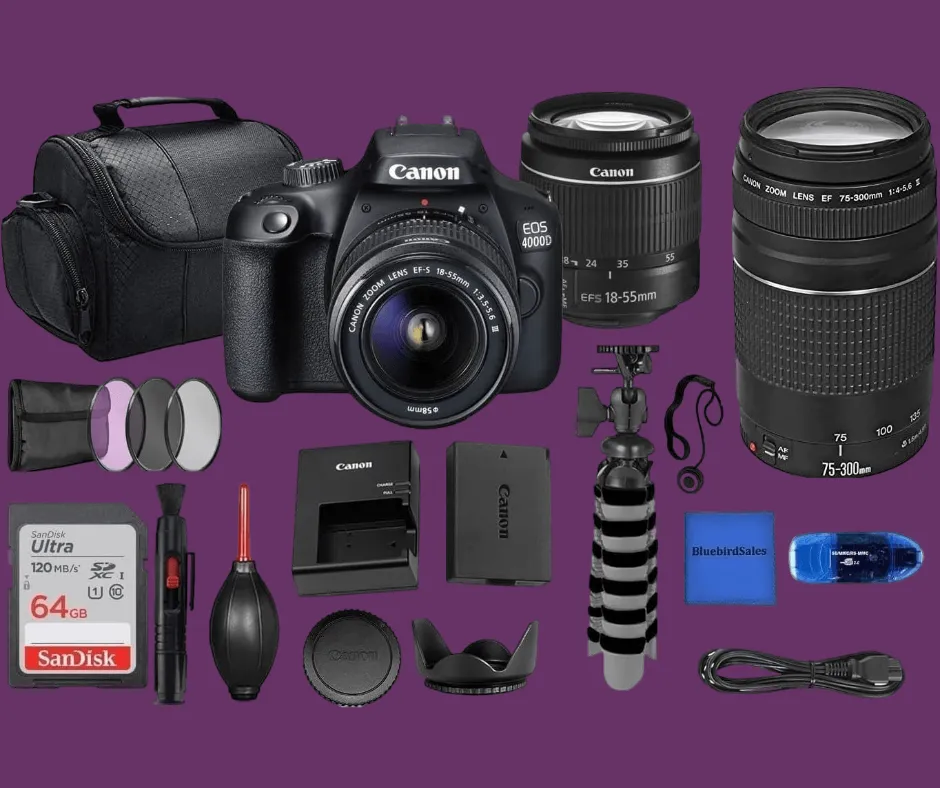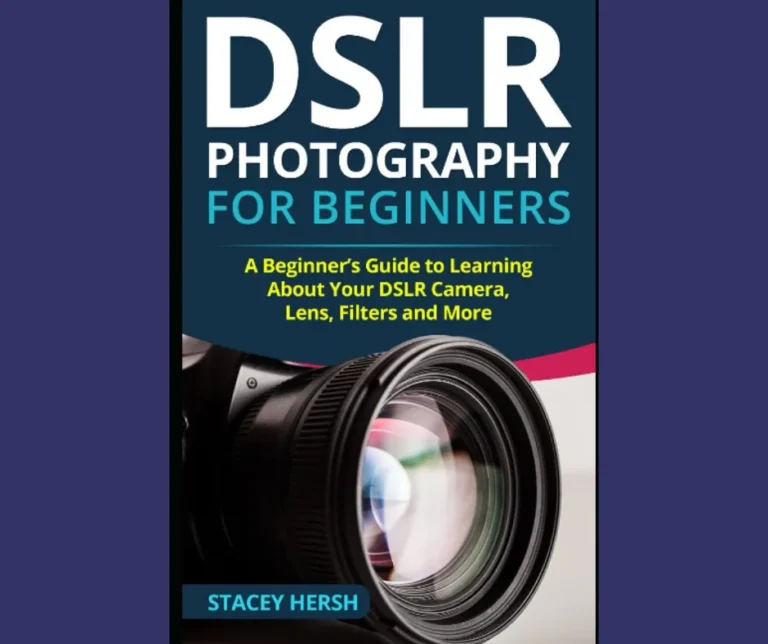The Rule of Thirds in Photography: Exploring Its Impact on Composition
As a photographer, you understand the importance of composition in creating visually stunning and impactful images.
And one of the fundamental principles of composition that you have likely come across is the “Rule of Thirds”.
This rule, also known as the “golden rule” of photography, has been used by photographers for centuries to create balanced and aesthetically pleasing compositions.
In this article, we will delve deeper into the concept of the Rule of Thirds and explore its impact on composition in photography.
From its origins to its application in various genres of photography, we will highlight the significance of this rule and how it can elevate your photography to the next level.
So, whether you are a beginner looking to improve your skills or an experienced photographer looking for a refresher, read on to discover the power of the Rule of Thirds in photography.
Discover the power of composition
When it comes to photography, understanding the power of composition is essential in capturing visually compelling and impactful images.
Composition is the arrangement and placement of elements within a frame, and it plays a crucial role in determining how the viewer engages with the photograph.
By strategically composing your shots, you can guide the viewer’s eye and create a sense of balance, harmony, and storytelling in your images.
By experimenting with different compositions, such as leading lines, symmetry, framing, and the rule of thirds, you can elevate your photography to new heights, capturing attention-grabbing and memorable shots.
So, delve into the world of composition and explore its impact on your photography, as it holds the key to creating stunning and captivating images that truly resonate with your audience.
Master the rule of thirds
To truly harness the power of composition in your photography, it is imperative to master the rule of thirds.
The rule of thirds is a fundamental principle that divides your frame into a grid of nine equal parts, with two vertical and two horizontal lines intersecting.
By placing key elements of your composition along these lines or at their intersections, you create a more visually interesting and balanced image.
This technique adds depth and dynamism to your photographs, drawing the viewer’s eye to the important elements and creating a sense of movement within the frame.
By consciously applying the rule of thirds in your compositions, you can enhance the overall impact and visual storytelling of your images, elevating them to a higher level of artistic expression.
As you explore the rule of thirds in your photography, you will discover its profound impact on composition and the ability to create captivating images that resonate with your viewers.
Create dynamic and balanced images
When striving to create dynamic and balanced images, it is crucial to consider various compositional elements beyond just the rule of thirds.
While the rule of thirds provides a strong foundation for creating visually pleasing compositions, it is essential to explore other techniques and principles to add depth and interest to your photographs.
One such technique is leading lines, where you utilize lines within your frame to guide the viewer’s eye and create a sense of movement.
Additionally, incorporating different perspectives and angles can add a unique and dynamic touch to your images.
Experimenting with symmetry or asymmetry, playing with light and shadow, and carefully selecting your focal point are all strategies that can contribute to achieving a well-balanced and visually captivating composition.
By embracing these techniques and continuously honing your artistic skills, you can elevate your photography to new heights and truly capture the attention of your audience.
The Rule of Thirds in Photography is just the beginning of a rich and extensive exploration of composition and its impact on creating compelling images.
Utilize the rule in post-processing
To further enhance the impact of your composition, it is essential to utilize the rule of thirds in post-processing.
Once you have captured your image, you can employ various editing techniques to align key elements with the gridlines and intersection points of the rule of thirds.
This deliberate positioning can create a more visually pleasing and balanced composition.
Consider cropping your image to place the main subject or point of interest along the gridlines, allowing for a more engaging and dynamic composition.
Additionally, adjusting the exposure, contrast, and saturation can help draw attention to specific areas within your photograph, further emphasizing the rule of thirds.
By incorporating the rule of thirds in your post-processing workflow, you have the opportunity to refine your composition and create visually compelling images that captivate your audience.
Take your photography to new heights
When it comes to taking your photography to new heights, there are several key factors to consider.
First and foremost, investing in quality equipment can greatly enhance the overall quality of your images.
Upgrading to a professional-grade camera, along with a variety of lenses, will allow you to capture even the most intricate details with precision.
Additionally, honing your technical skills through continuous practice and experimentation is crucial.
Familiarize yourself with the different camera settings, such as aperture, shutter speed, and ISO, as they play a significant role in achieving desired effects.
Furthermore, exploring various shooting techniques, such as long exposures or high-speed photography, can open up a world of creative possibilities.
Lastly, never underestimate the power of composition.
Applying the rule of thirds, leading lines, or framing techniques can transform an ordinary photograph into a visually captivating masterpiece.
By incorporating these elements into your photography workflow, you can elevate your skills and produce images that truly stand out.
In conclusion, incorporating the rule of thirds into your photography composition can greatly improve the overall aesthetics and impact of your images.
By following this simple guideline, you can create more visually pleasing and balanced photos that draw the viewer’s attention to the subject and tell a compelling story.
So next time you’re out with your camera, keep the rule of thirds in mind and see the difference it can make in your photographs.
Remember, practice makes perfect, so don’t be afraid to experiment and have fun with this fundamental composition technique.
Happy shooting!
FAQ
What is the rule of thirds in photography and how does it impact composition?
The rule of thirds in photography is a compositional guideline that suggests dividing the frame into nine equal parts using two horizontal and two vertical lines.
This creates four intersecting points, called the “power points.
” Placing the main subject or points of interest along these power points or along the lines can create a visually appealing and balanced composition.
By following the rule of thirds, you can create a more dynamic and engaging photograph that draws the viewer’s attention to the right areas, making the overall image more visually pleasing and impactful.
How can the rule of thirds be applied to create a balanced and visually appealing composition?
To create a balanced and visually appealing composition using the rule of thirds, imagine dividing your frame into a grid of nine equal sections, with two horizontal and two vertical lines.
Place your main subject or focal point at the intersecting points of these lines.
This technique helps create a sense of balance and draws the viewer’s attention to the most important elements of your composition.
Additionally, use the gridlines to align other key elements along these lines, such as horizons or leading lines, to further enhance the overall balance and visual interest of your composition.
Are there any exceptions or variations to the rule of thirds that photographers can experiment with?
Yes, as a photographer, you have the freedom to experiment with exceptions and variations to the rule of thirds.
While the rule of thirds is a helpful guideline, it is not a strict rule that must be followed at all times.
You can explore other compositional techniques, such as centering your subject, using symmetry, or even deliberately breaking the rule of thirds for creative effect.
By experimenting with different compositions, you can discover unique and visually interesting ways to capture your subject that deviate from the traditional rule of thirds.
How does the rule of thirds enhance the storytelling aspect of a photograph?
When you use the rule of thirds in your photography, it enhances the storytelling aspect by creating balance and visual interest.
By dividing the image into a grid of nine equal parts, with two horizontal and two vertical lines, you can place your subject or important elements along these lines or at their intersections.
This helps to draw the viewer’s eye and creates a more dynamic composition.
By strategically placing your subject off-center, you can convey a sense of movement, depth, or focus, which adds to the narrative of your photograph.
Overall, the rule of thirds adds depth and visual intrigue, making your storytelling more compelling.
Can you provide examples of famous photographs that effectively utilize the rule of thirds to create impactful compositions?
Sure, you can find famous photographs that effectively utilize the rule of thirds in various genres.
One example is “The Afghan Girl” by Steve McCurry, where the subject’s piercing gaze is positioned along the right third of the frame, creating a powerful and captivating composition.
Another example is “Migrant Mother” by Dorothea Lange, where the mother’s face is positioned on the left third of the frame, emphasizing her hardship and resilience.
Lastly, “The Falling Soldier” by Robert Capa depicts a soldier falling during the Spanish Civil War, with the soldier placed on the left third, intensifying the sense of motion and drama.
These photographs exemplify how the rule of thirds can enhance the visual impact of an image.







